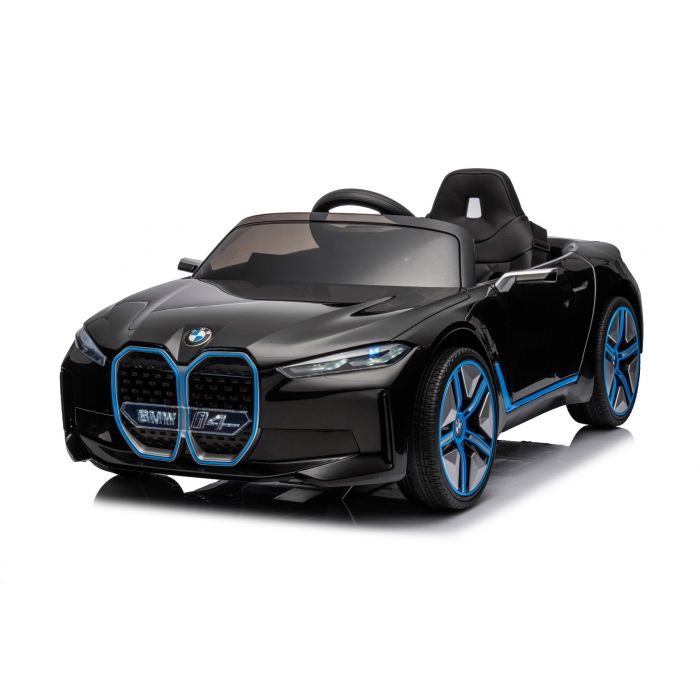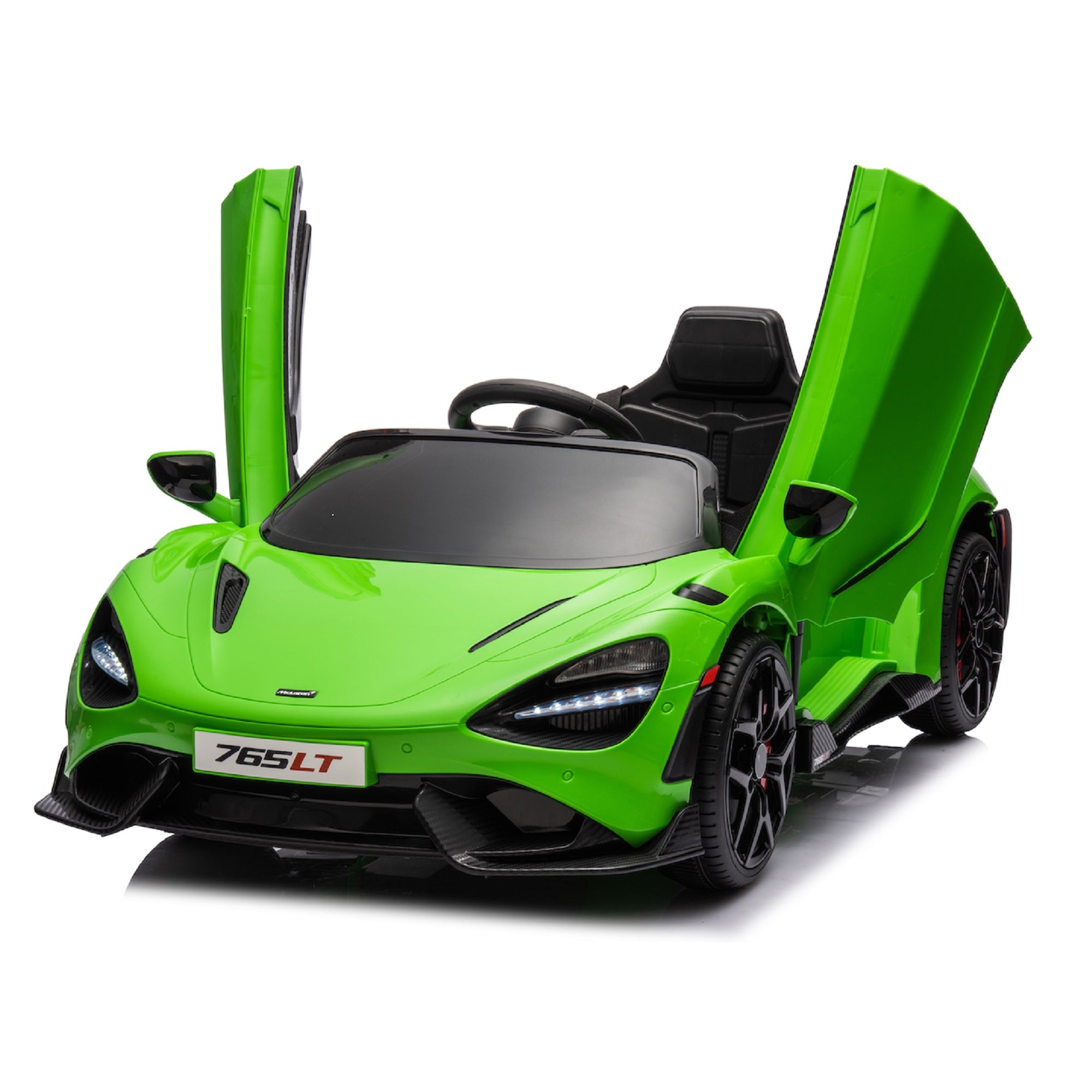Great Suggestions To Picking Ride On Toys
Wiki Article
What Are The Advantages Of Remote Controlled Cars Over Electric Ones?
Electric and remote-controlled kids' cars offer different advantages and features that cater to a variety of preferences and needs. These are the advantages of an electric and remotely-controlled kids' car.
Independence - Electric kids' vehicles allow kids to drive on their own, thereby giving them a sense of control and independence as they navigate their surroundings.
Motor Skill Development: Driving electric cars requires motor skills, like steering as well as acceleration and braking. This helps develop coordination and spatial understanding in children.
Realistic Experience. Children's cars are often equipped with realistic features, like working headlights, engines and horns. This gives you an engaging and immersive experience.
Outdoor Play - Electric kids cars are ideal for use in the outdoors on paved surfaces such as driveways, sidewalks, or playgrounds, allowing children to play and explore the great outdoors.
Physical Activity Hands - Children use their hands or feet to control the electronic car's controls that encourages physical activity and fitness.
The advantages of remote-controlled kids car -
Remote Controlled Kids' Cars Parents can monitor their children's play, and provide assistance. This adds an extra layer of protection.
Guided learning: Parents use the remote to instruct and guide their child in how to drive safely in the car. Gradually, the child can become independent as they gain confidence.
The cars that are remote controlled for children are controlled by the child or parent. This allows them to adapt to different play situations and levels of skill.
Safety Parents can take action to stop collisions and accidents from happening through remote control. Remote controls can stop the car or steer it away from hazards or obstacles and increase safety while playing.
Remote-controlled children's cars are a source of enjoyment for both parents and children as they are able to play and interact while learning about the car.
The final decision between the remote-controlled or electric vehicle for your child depends on several factors, including the child’s age, their level of skill as well as their personal preferences and the supervision provided by the parents. Electric cars give children a realistic and independent play experience, while the remote-controlled car offers safety, guidance and interactive opportunities for both parents and children. View the top kids ride on cars for more info including toy car, car toy car toy, childs ride on car, childrens electric ride on, toy car for car, toy car toy car, toy toy cars, ride ons, two seater electric cars, electric ride along car and more. .

What Is The Difference Between Models For Outdoor And Indoor Children's Vehicles Designed?
Models of kids' cars come with specific features that are suited to different environments and scenarios that are indoors or out. Here are some of the differences in these car designs - Indoor Use Cars
Dimension and weight The cars that are made for indoor usage tend to be smaller, lighter and easier to maneuver in tight spaces, such as living rooms, hallways, or playrooms. These cars are small and compact, allowing them to maneuver easily through narrow spaces or around corners.
Low Ground Clearance Indoor-use cars have a low ground clearance to ensure they don't be snagged or stuck by obstacles such as rugs, thresholds or carpets. This permits smooth, uninterrupted moving across indoor surfaces.
Smooth Wheels. The wheels that are used in indoor vehicles can be made out of substances like rubber, plastic, or laminate to give them the traction. They are designed with minimal noise to prevent scratching or scuffing indoor surfaces.
Limited Speed - Indoor vehicles tend to be restricted in speed to permit safe and controlled driving in narrow space. This can help to prevent collisions and accidents with furniture, walls or other objects found in indoor spaces.
Outdoor Use Cars -
Durable construction - Outdoor vehicles are constructed with durable materials, such as metal or tough plastic, to withstand the rigors of handling and elements of nature, such as sunlight, moisture and temperature changes. They are less likely to be afflicted by tear and wear caused by exposure to outdoor conditions.
Higher Ground Clearance - Outdoor use cars have a higher clearances to traverse bumps, uneven terrain or obstacles encountered outdoors. This enables them to traverse rough terrains, such as dirt, grass, or gravel without becoming trapped or causing damage.
Traction Tires -- The tires that are used on cars that are used outdoors often have treads or patterns designed to improve grip and traction while driving on surfaces which are slippery or uneven. This ensures stability and control when driving on rough terrain and prevents sliding or skidding.
Weather Resistance: Cars for outdoor use usually have features that are weatherproof, such as sealed electronics or waterproof casings. They may also use resistant to rust to protect themselves from moisture. They can withstand rain, mud, or even puddles without compromise in performance.
High Speed - Outdoor usage cars typically feature higher speeds in order to make room for open spaces as well as longer distances that are often encountered in outdoor environments. This can provide a more thrilling and exciting riding experience to children exploring outdoors.
With these design traits and features, parents can select a car for children that is best suited to their specific requirements for use and the surroundings in which they will use it, whether inside or out. They can then ensure their child has a safe, fun, and lasting experience. View the most popular read more about ride on toys for website info including electric toy car, toy and car, electric ride on cars, car for toy, race car toy, electric car ride, ride electric car, toy cars toy car, toy cars, kiddies cars and more. .

What Are The Alternatives For Children's Remote-Controlled Vehicles? What Are The Advantages And Disadvantages?
Remote control children's cars Also known as RC cars or remote-controlled automobiles, come in various sizes and styles. They also come in a variety of price ranges to fit different budgets and tastes. This article will provide an overview of types sizes, prices and types of children's remote controlled cars, along with their pros and cons.
Electric RC Cars – These are remote-controlled, battery-powered cars which can be used outdoors and indoors. These cars come in a variety of styles including trucks, buggies or sports cars.
Nitro RC Cars : Gas-powered cars that are operated remotely and provide more performance, but need more care. They tend to be larger and are more expensive than electric RC vehicles.
Scale models are replicas of real-life vehicles, such as trucks and cars. They can also be operated remotely. Model sizes vary from 1-10 to 1--24. Larger models offer greater detail and more real-world realism.
Sizes -
Remote-controlled children's car models come in various sizes. They range from small miniature replicas to larger-scale copies. The size of the car has an impact on its speed, performance and handling qualities.
Micro-sized car are lightweight and compact. They're ideal for young children as well as indoor use. Larger-scale cars are more powerful and durable making them ideal for off-road and outdoor racing.
Prices
The cost of remote-controlled children's cars vary depending on various factors, including size, features, brand, and quality of construction.
The cost of small-sized electric RC vehicles can vary from $20 to $100. However, larger-scale electric or Nitro RC models are available between $100 and $500.
The price of scale models and hobby-grade RC vehicles can range from a few hundred dollars to over 1000 dollars, based on their performance and the level of detail.
The pros and cons of -
Pros -
Adults and children will have endless hours of entertainment and fun with remote control cars.
Skill Development: Operating an RC vehicle aids in the development of hand-eye coordination, spatial awareness and problem-solving abilities.
Social interaction. You can take pleasure in the RC cars with your friends and family and encourages social interaction.
Customization – Many RC cars can be customized using aftermarket modifications parts and accessories that enhance performance and look.
Cons
Cost - Remote control cars designed for children, particularly models with premium features as well as model that are hobby-grade can be quite expensive.
Learning Curve: Operating an RC vehicle requires a lot of practice and skills, and younger children may struggle with the controls in the beginning.
Maintenance: All RC vehicles require regular maintenance including cleaning and oiling. Occasionally, they also require repair or replacement of parts.
Safety Concerns RC automobiles pose a security risk, and can cause electrocution, collisions and falls if not used under supervision of an adult.
The best remote control kids' cars are those that offer an educational and exciting experience for children of all age groups. When selecting the best one for your child, it is important to be aware of a range of aspects, including the size, cost features, and safety. Hobby-grade RC automobiles are more suitable for older and enthusiast children however, simpler vehicles are more suitable for young and novice children. Follow the recommended kids ride on cars kidscars.co.uk tips for website info including kiddies cars, ride electric car, ride on digger, toy car, toy car for car, toy car toy car, remote control childrens electric cars, digger ride, toy and car, toy car toy car and more. .
